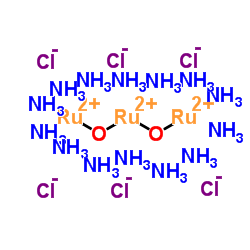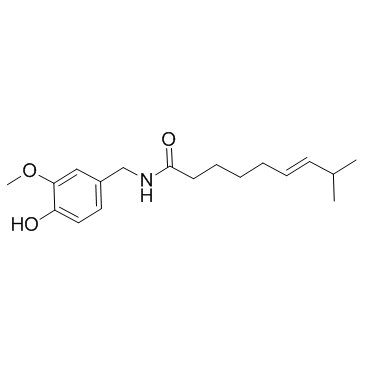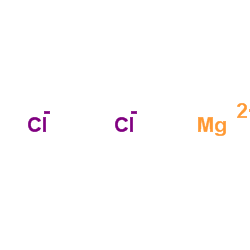| Structure | Name/CAS No. | Articles |
|---|---|---|
 |
Sodium hydroxide
CAS:1310-73-2 |
|
 |
sodium chloride
CAS:7647-14-5 |
|
 |
Ethanol
CAS:64-17-5 |
|
 |
Dimethyl sulfoxide
CAS:67-68-5 |
|
 |
3-Ethyl-2,4-pentanedione
CAS:1540-34-7 |
|
 |
HEPES
CAS:7365-45-9 |
|
 |
Ruthenium red
CAS:11103-72-3 |
|
 |
SODIUM CHLORIDE-35 CL
CAS:20510-55-8 |
|
 |
capsaicin
CAS:404-86-4 |
|
 |
Magnesium choride
CAS:7786-30-3 |